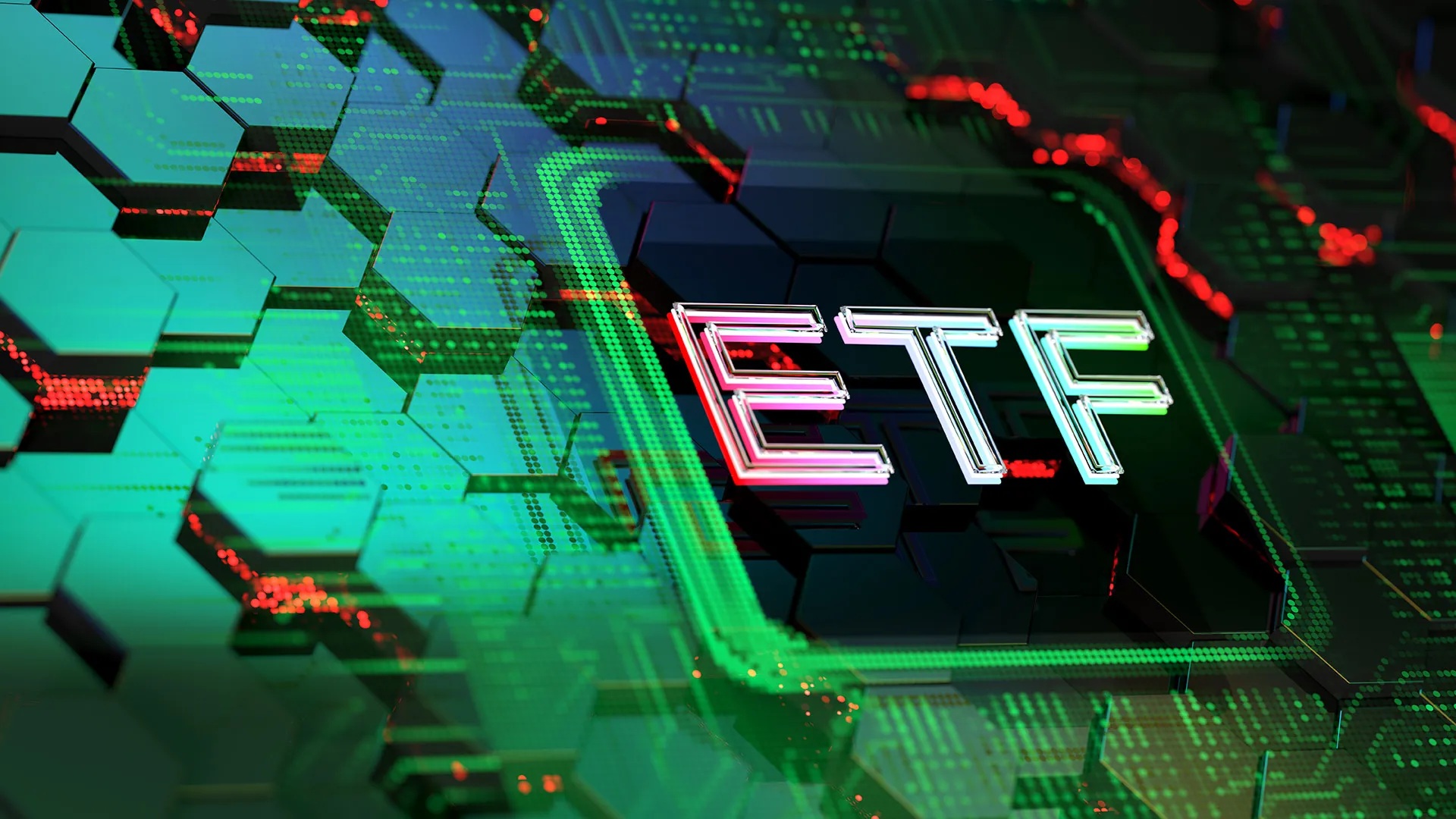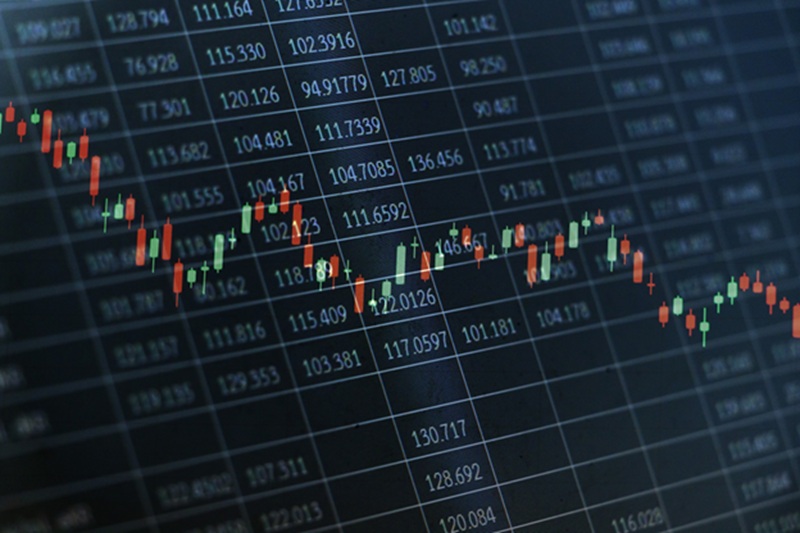Ozak AI ($OZ) has emerged as a serious player in the rapidly expanding AI crypto market. Built on a blend of artificial intelligence and decentralized physical infrastructure, the project positions itself at the intersection of predictive analytics, automated decision-making, and distributed compute power. Instead of relying on speculative momentum alone, Ozak AI presents a structured ecosystem designed to allow data, execution, and intelligence to move autonomously across Web3.
Phase 7 Presale Sees Strong Demand
As the presale progresses, confidence in the project continues to build. Ozak AI is currently at Phase-7, with tokens priced at $0.014. A total of 1,006,829,064.70 $OZ tokens have already been sold, making total funds raised 4,495,644.83. The strong pace of the presale thus far has put market eyes on its forthcoming stages, particularly as the listing target still stands at $1. The expectation of exchange listings is seen by many early buyers as a potential catalyst that can unlock price discovery and fast-track growth.
Technology Designed for Long-Term Scalability
The technology behind Ozak AI is a significant driver of investor interest. The product stack integrates artificial intelligence with DePIN infrastructure, enabling analytics, automation, and intelligent execution through decentralized computing resources rather than centralized servers. Cross-chain compatibility expands reach across multiple blockchains, while token utility is built into staking, governance, and ecosystem usage. The project has also emphasized transparency, completing a smart contract audit confirming no unresolved issues.
Partnerships Supporting Ecosystem Expansion
Ozak AI has also attracted attention through its recent partnerships. The collaboration with Hive Intel supplies advanced blockchain data pipelines, improving the accuracy of predictive signals by analyzing wallet behavior, DeFi activity, and NFT movement across chains. Its work with Weblume integrates Ozak’s live market signals into a no-code Web3 builder, allowing developers to embed analytics and automated actions into dashboards and dApps without custom engineering. Through its partnership with Meganet, Ozak AI gains access to a bandwidth-sharing network of millions of active nodes, enhancing processing speed and reducing infrastructure costs. SINT adds another layer by enabling cross-chain execution, voice interfaces, and autonomous agents capable of responding instantly to Ozak AI market signals. These relationships are reinforced by the project’s visibility at global events such as Coinfest Asia 2025 and the recent GM Vietnam community meet-ups.
Analysts Expect Movement Post-Listing
As the presale progresses, analysts have begun considering the impact of exchange listings. Early projections suggest that Ozak AI may experience a multi-phase rally if liquidity and trading demand match presale momentum. With a listing target of $1 and a presale price of $0.014, the gap between current and projected market value has been central to investor discussions. The combination of scalable infrastructure, a full suite of real-world integrations, and a growing network of strategic partners supports the argument that Ozak AI could enter exchanges with a stronger foundation than most early-stage AI tokens.
Conclusion: Why Listings May Be the Turning Point
As the AI token sector gains speed, market attention naturally shifts to projects with measurable utility and verifiable growth. Ozak AI’s presale performance, expanding ecosystem, and infrastructure partnerships provide that footing. If exchange listings unfold as anticipated, they may serve as the catalyst for a broader rally, opening the door to price discovery and new demand cycles. With Phase-7 approaching capacity and investor buzz increasing, Ozak AI now stands positioned for a potentially transformative next chapter.
For more information about Ozak AI, visit:
Website: https://ozak.ai/
Twitter/X: https://x.com/OzakAGI
Telegram: https://t.me/OzakAGI






